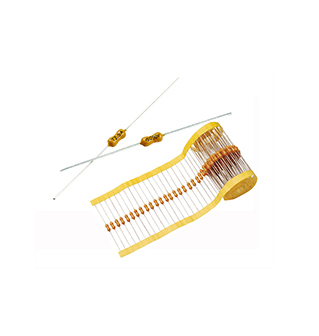
1. When operating at a normal operating current of 25 ℃, the current rating of the fuse should usually be reduced by 25% to avoid harmful blowing. Most traditional fuses use materials with lower melting temperatures. Therefore, this type of fuse is relatively sensitive to changes in ambient temperature. For example, a fuse with a current rating of 10A is usually not recommended to operate at an ambient temperature of 25 ℃ and a current greater than 7.5A.
2. The voltage rating of the fuse must be equal to or greater than the effective circuit voltage. The general standard voltage rating series are 32V, 125V, 250V, and 600V.
3. The resistance of a resistor fuse is not important in the entire circuit. Since the resistance of a fuse with an amperage less than 1 is only a few ohms, this problem should be considered when using a fuse in a low-voltage circuit. Most fuses are made of materials with a positive temperature coefficient, so there are two types of resistors: cold resistance and thermal resistance.
4. The current carrying capacity of environmental Thermal cutoff is tested under the ambient temperature of 25 ℃, which is affected by the change of ambient temperature. The higher the ambient temperature, the higher the operating temperature of the fuse, and the shorter its lifespan. On the contrary, operating at lower temperatures will extend the lifespan of the fuse.
5. Fuse Nameplate capacity is also called breaking capacity. The fuse Nameplate capacity is the maximum allowable current that the fuse can fuse under the rated voltage. When there is a short circuit, the fuse will pass multiple times an instantaneous overload current greater than the normal operating current. Safe operation requires the fuse to remain intact (without bursting or breaking) and eliminate short circuits.
Read recommendations:
Selection steps for self-healing fuse PPTC.plug in mcb for old fuse box